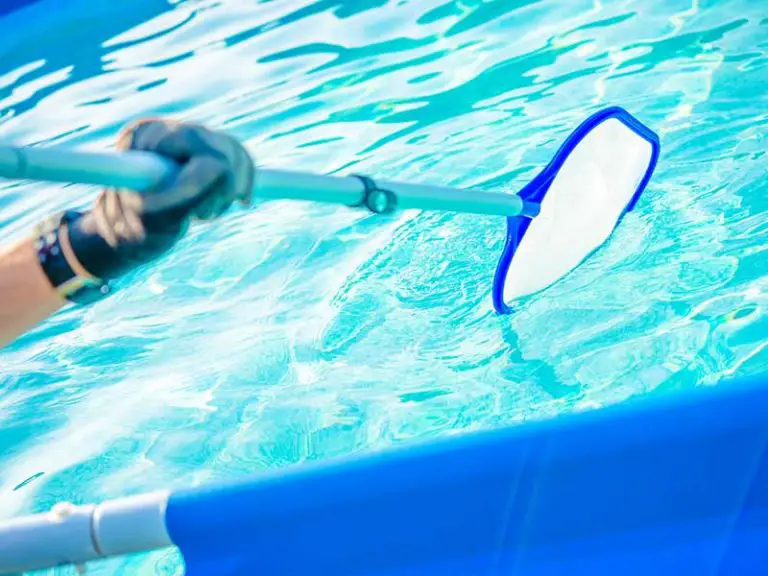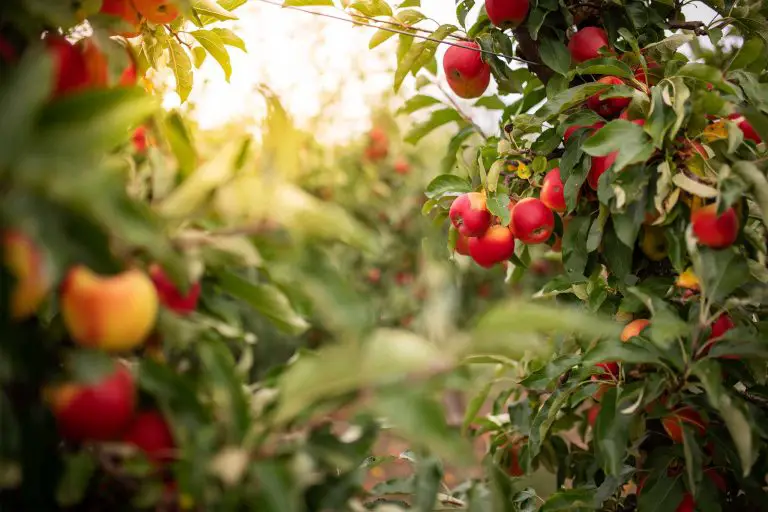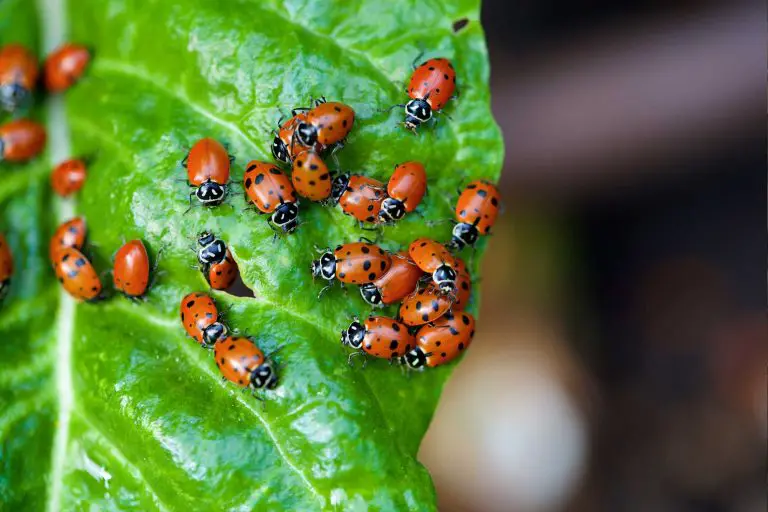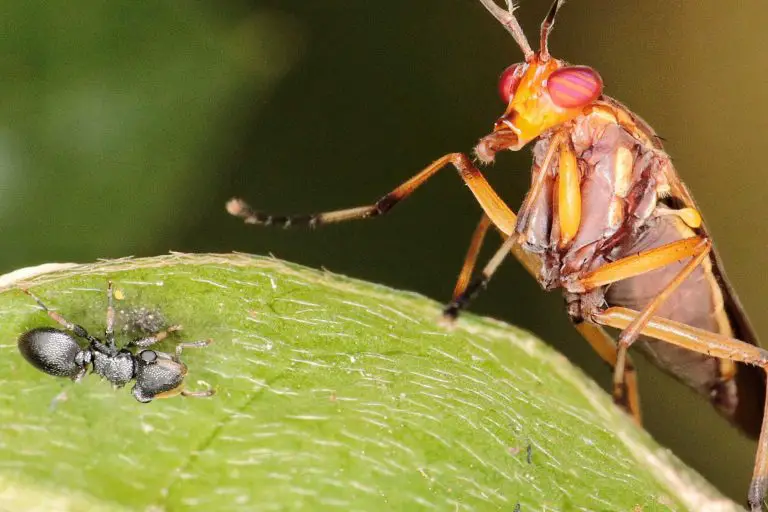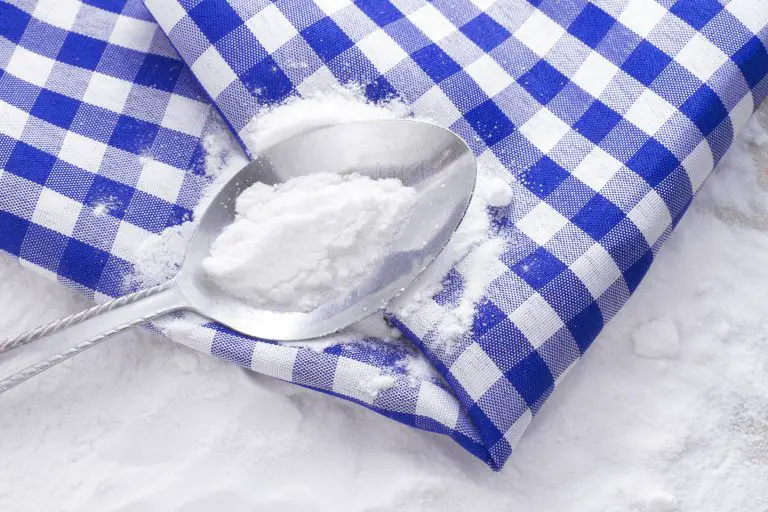Homemade Fruit Tree Spray
Keeping fruit trees healthy might be costly if you need to purchase fungicidal sprays, pest sprays, and other fruit tree sprays.
Making your own fruit tree spray is not hard and does not need a large number of components. Homemade fruit tree sprays are often less harmful and just as efficient as commercially available sprays.
The spray outlined in this article can be used throughout the growing season even if you don’t yet have a problem with insects or fungi. A good natural homemade fruit tree spray is an excellent spray alternative, and below we outline a formula for a spray that we have used for many years. We begin using homemade fruit tree sprays, such as dormant oil or dormant spray, on our fruit trees in late winter and then reapply every 7-10 days.
Why You Should Spray Fruit Trees
Fruit trees are susceptible to a variety of pests and diseases, many of which can be controlled with a simple homemade spray. By spraying your fruit trees on a regular basis, you can prevent or control problems before they have a chance to take hold.
It’s easier to keep your plants disease-free than to try to cure them once they’re infected, and this is where a fruit tree spray program using natural ingredients found in your cupboard can play a big part in keeping your trees (especially fruit trees) fungi and insect free. As a matter of fact, you might consider having a spraying routine and using natural or homemade fruit tree spray for your fruit trees from early spring right on through the summer months.
The norm is to treat every bearing fruit tree with at least one spraying of a mixture of garden sulfur and horticultural oil early in the spring before leafing occurs in order to kill any overwintering cocoons.
However, I have found the natural homemade fruit tree spray outlined below can work just as well…even better. It is safe to use, easy to make and does not have the possibility of burning the trunk of the tree by mixing incorrectly as might be done with sulfur and oil mixture. (Unfortunately, I have done so a few times when I first started to spray my fruit trees)
Whether you use the sulfur/oil mixture or this mixture for your spring spraying of fruit trees, throughout the summer you might want to continue using the natural tree spray recipe on a regular basis in order to keep insects and fungi away from your fruit trees.
The idea is to subtly change the smell and feel of the tree and fruit so that the insects do not recognize it and at the same time feed your tree.
My favorite natural homemade fruit tree spray is the one suggested by horticulturist and organic gardener Howard Garrett. He says his Wash-Away-Fungi spray packs a punch because it contains four fungus-fighting ingredients, and he is right.
I added the Murphy Soap because it helps the spray stick to the leaves and this soap is pure vegetable oil soap (no synthetics).
Homemade Fruit Tree Spray: The Wash-Away-Fungi Recipe
In order to create this “Wash-Away-Fungi” recipe, you will need the following:
1 tablespoon liquid seaweed
- Neptune's Harvest seaweed plant food is made from seaweed (ascophyllum nodosum)
- Sourced from the North Atlantic Ocean
- It is an excellent addition to Neptune’s Harvest Fish Fertilizer, or other fertilizing program
- It is an excellent addition to Neptun's harvest fish fertilizer or any fertilizing program
1 tablespoon of “fancy” molasses or blackstrap molasses
- THE BEST BLACKSTRAP MOLASSES: By sourcing from the best available sources, we aim to provide our customers with molasses that offer an authentic and exceptional experience.
- SUPERIOR TASTE: Our blackstrap molasses offers a complex and well-balanced flavor profile. It has a strong and distinctive bittersweet taste, with caramel and earthy undertones. The sweetness is complemented by hints of acidity, providing a pleasant and harmonious flavor experience.
- RECLOSABLE CONTAINER: Comes in a screw-top glass jar, making it convenient to use.
- COUNTRY OF ORIGIN: Made in the USA
1 tablespoon apple cider vinegar
- Energizing. Reliable. Closer to Nature.
- Easy to drink, easy to love, and accessible to everybody
- Goodness you can trust
1 tablespoon of Murphy soap
- Wood Cleaner for Wood Tables, Cabinets, Doors, and More
- Contained 98% Naturally Derived Ingredients*
- Trusted for Over 100 Years
- Contains No Ammonia, No Bleach
- Cleans to a Natural Shine
1 gallon water
Backpack or pump sprayer
Special Explanations About The Ingredients:
The compost tea, the seaweed, and the molasses not only fight fungal disease in the garden but all three feed the plant through the leaves (called foliar feeding) especially if you are spraying really early in the morning when the leaf pores are still open.
You needn’t worry about the molasses attracting bugs. I was until I saw how the plants absorb the molasses instantly. Boom it’s gone! The fruit trees just love it!
The acidity of the vinegar helps kill black spot on roses, powdery mildew, brown patch, and other nasty fungi.
Mixing The Ingredients
It’s easy to do. Just measure and pour the ingredients in the sprayer and mix well.
Hint: I found that if I premix the tablespoon of molasses in a 1/2 cup of very hot water and then pour the whole thing into the sprayer, the molasses mix better with the rest of the ingredients. I found out the hard way that cold water and molasses don’t mix so well!
If you want your spray to have even more “umph”, add 1 to 1 1/2 tablespoons of baking soda/ potassium bicarbonate or 1/4 cup of garlic tea.
To make garlic tea, liquefy 3 bulbs of garlic in a blender and strain out the solids. Pour the garlic juice into a 1-gallon container and fill it with water. Shake the garlic juice well before using.
When And How To Do Your Spraying
1. When spraying this homemade fruit tree spray, do not blast away or you will damage the leaves. Rather, lightly mist the top and the underside of all the leaves and be sure not to drip vinegar on the soil or grass if that’s where you are putting your mixture together.
Vinegar is very acidic, so when putting your mixture together, find a spot where if you spill anything it won’t matter or it can be easily cleaned up. If you’re not steady when you measure your right amount of vinegar for the mixture, the vinegar can kill the grass it falls on or hurt any roots just under the top layer of soil. So be careful. (We used to kill dandelions by spraying pure vinegar on them in the middle of the day when the sun was very hot. The grass around the dandelions would sort of get scorched even though we tried to avoid spraying the grass — a task not easy to do.)
2. Do your spraying very early in the morning for two reasons:
a) If you spray when there’s little or no wind, you avoid back spraying yourself or spraying your neighbor’s plants. Yes, you must get up early in the morning to get your spraying done before the wind starts blowing.
(Certain people may argue that usually, the wind dies down after 6pm; however, your trees have just been through a hot day so need time to recuperate. Also, the spray must dry before nightfall, and many times at night the humidity is high.)
b) By spraying early in the morning, you avoid damaging the leaves because you are allowing time for the spray to dry before the sun gets hot.
Once you have finished your spraying, clean your sprayer thoroughly with hot water and soap.
If you have some kind of a spraying program using natural sprays such as this homemade fruit tree spray that both feed and protect your fruit trees, you should have a lot better luck at keeping your trees healthy and fungus-free.
Please be advised. I am told that the “Homemade Fruit Tree Spray” as outlined in this article will spell the eventual death of a peach tree in the Southern States. The molasses and vinegar will encourage bacteria growth and parasitic insects (which Murphy’s Soap will not kill). The genus Coleoptera (beetles) thrive on this spray. Boring beetles eventually will kill the tree. Please those of you living in the hot Southern States, do not to use this spray on peach trees.






